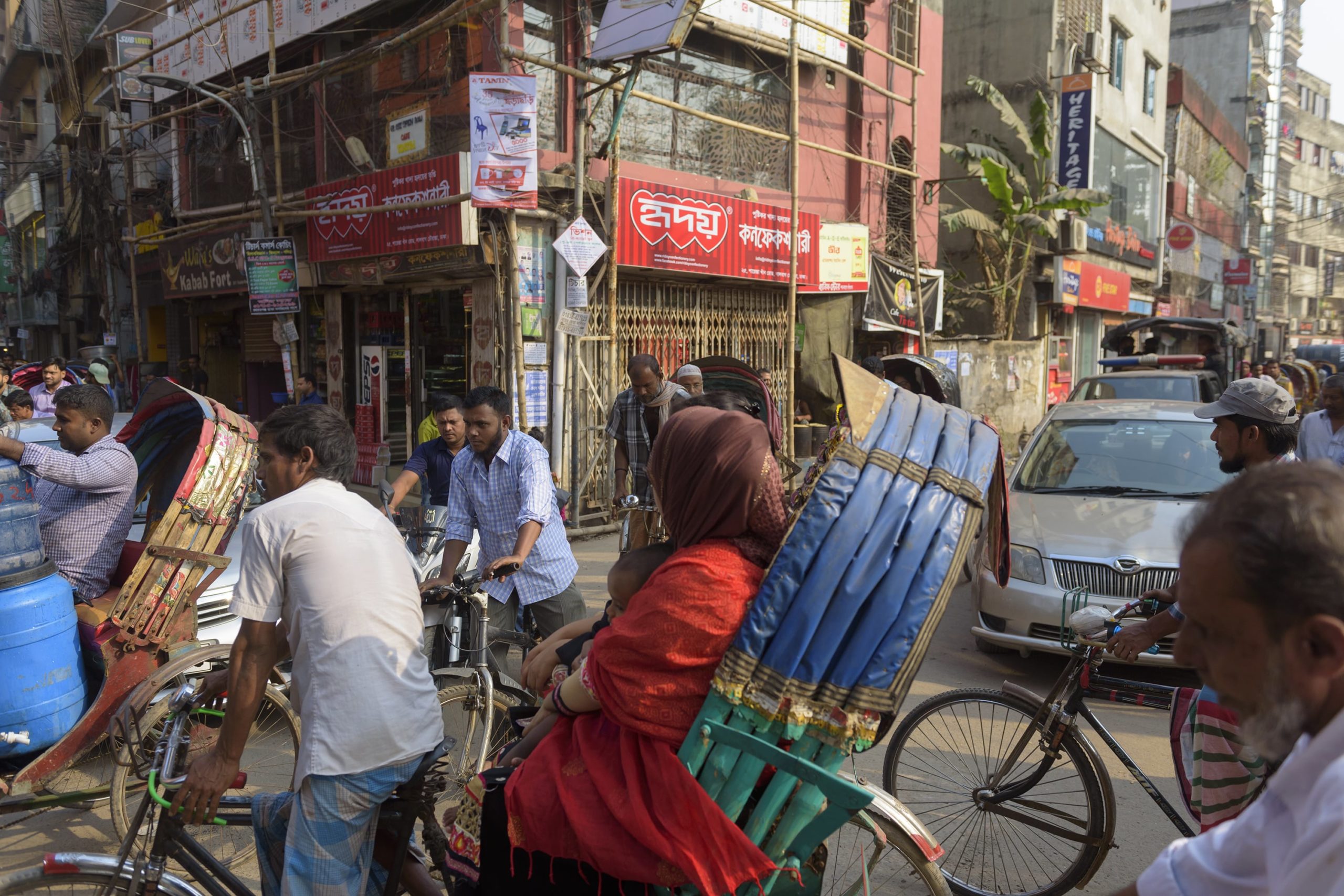Women in South Asia are often excluded from the labour market, reducing their financial autonomy, and negatively impacting their physical and mental wellbeing (Verick, 2014; Field et al., 2021). Large government interventions have failed to close the gender employment and wage gaps for over two decades (NIPORT 2007–2017, BBS 2018). This shows that education and employment policies may only be successful if they also address societal barriers to gender parity in the labour market.
This project aims to provide the first experimental evidence for one such barrier: paternalistic discrimination, the preferential hiring of men to protect women from jobs perceived as difficult or harmful. The project answers the following questions: (Q1) Does paternalism contribute to discrimination in hiring and wages? (Q2) What are the downstream effects on the gender skill and promotion gaps? (Q3) How do different policies affect paternalistic discrimination and welfare?
The contribution of this study is threefold: First, we measure how well-intentioned but discriminatory hiring decisions may exclude women from certain areas of the labour market (Shnabel et al., 2016; Glick and Raberg, 2018; Ambuehl et al., 2021). Second, we shed light on the downstream effects of these lost opportunities on women’s labour potential (Bohren et al., 2022; Kline et al., 2022). And third, we investigate the welfare effects of policy interventions counteracting paternalistic discrimination (e.g., Balkan et al., 2016; Dobbin and Kalev, 2019; Kondylis, 2020; Field and Vyborny, 2022; Borker et al., ongoing). To date, the role of paternalism as a barrier to gender parity is poorly understood. As a result, addressing norms about what is—and is not—in women’s best interest have received insufficient attention.
We combine a theoretical model of paternalistic hiring with two field experiments in which we observe real application and hiring decisions for a night-shift job in Bangladesh. We experimentally vary whether employers or workers know about safe worker transport home, thereby observing both supply and demand responses to changes in perceived worker welfare. We complement the experiments with survey data to structurally assess the welfare effects of various policy interventions.
First, we document the role of paternalism as a barrier to gender parity by estimating its effects on female hiring and wages (Q1). We experimentally vary i) whether employers are informed about safe worker transport home, ii) wages received by workers, and iii) wages paid by employers. Importantly, employers are informed that workers will only learn about the transport and wages after the job, i.e., that safe transport and wages do not affect worker selection (taste-based discrimination) or productivity (statistical discrimination). The experimental variations thus allow us to test two novel theoretical predictions: (P1) horizontal segregation (“Glass Wall”): employers hire women less without information about the transport, and (P2) vertical segregation (“Glass Ceiling”): employers hire women less unless the employers – but not the workers – are financially compensated for their internalized welfare loss.
Second, the project assesses paternalism as a form of systemic discrimination that reduces labour market equity and efficiency by constraining female talent (Q2). All workers take a final assessment test, unhired workers before learning the hiring outcome and hired workers after the shift. As these tests directly assess the skills used during the shift, we test theoretical prediction (P3): Women assigned to employers without transport information perform worse in the final assessment test. We then ask a second set of employers to make promotion decisions based on the final scores to test theoretical prediction (P4): Women initially assigned to employers without transport information are promoted less often. This highlights that well-intended paternalism may reduce gender parity by depriving female workers of opportunities to accumulate important skills and experiences. We hope that these results will open the door to future researchers interested in studying the subtle but potentially harmful role of paternalism in the labour market.
Third, the project will guide policy design by assessing the welfare effects of different policy interventions counteracting paternalistic discrimination (Q3). In a second experiment, we randomly vary whether workers are informed about the safe transport before making their application (labour supply) decisions. We then complement the results of both experiments with worker and employer surveys across different industries to structurally estimate the equilibrium and welfare effects of a series of counterfactual policy interventions, including safe transport interventions, subsidies and tax breaks for hiring women, and information campaigns. This study thus identifies which interventions can be most effective in i) increasing gender parity and ii) maximizing welfare by addressing a subtle but potentially important source of systemic discrimination.
